Young environmentalists and founders of FYLLUM, a social enterprise promoting bio-diversification via youth-initiated projects, Ernest and Tian Chen, show us how with willing hearts and hands, a growing biodiversity in urban Singapore is possible. Ernest recounts the motivation behind their efforts in creating a Butterfly Garden at Singapore’s Bishan-Ang Mo Kio Park.
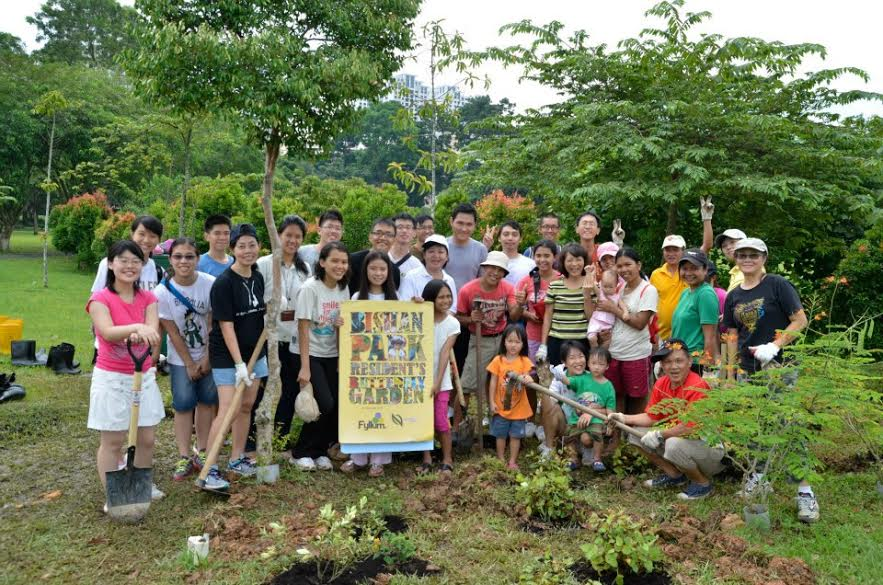
Butterflies have long fascinated the human mind – the Japanese believe that their deceased morph into lepidopteran wonders to visit the living, and the Aztecs saw the colourful form of their broken warriors reborn into their pristine plumage: a fleeting flash of ephemeral brilliance under filtered canopic light. It thus comes as little surprise that psyche is the Greek word for butterfly, and is also defined as the human soul, mind and spirit.
With over 300 species inhabiting our tiny island, often in close proximity to urban centres, Singapore is truly a butterfly paradise. The butterflies you may find here on a typical sunny day range from the ornate showiness of the large Birdwings, to iridescent flashes of large numbers of lycaenids – small butterflies darting from leaf to leaf, arresting the passing eye with subtle streaks of violet, blue and scarlet. The beauty of butterflies, coupled with their habits and behaviours, ensure their significance as a visible sign of nature’s tenacity and capacity to coexist with human activity. For example, the Common Mormon (Papilio polytes romulus) is entirely dependent on the cultivation of many curry leaf plants (Murraya koenigii) across apartment estates in the heartland; it is a harmonious synergy between your family meal of laksa and biodiversity.
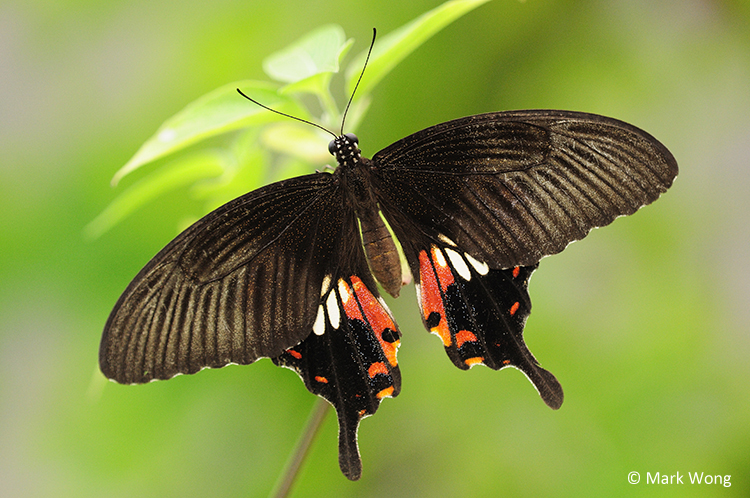 Common Mormon (Papilio polytes romulus)
Common Mormon (Papilio polytes romulus)(Source: http://www.butterflycircle.com/checklist/showbutterfly/15)
What is truly remarkable is that all these lepidopteran activities are taking place amidst our daily routines. Across the island, the feeding, mating and migration of butterflies overlay the roads, estates and parks. Most Singaporeans do not realise the biological riches that our country is blessed with. In Singapore:

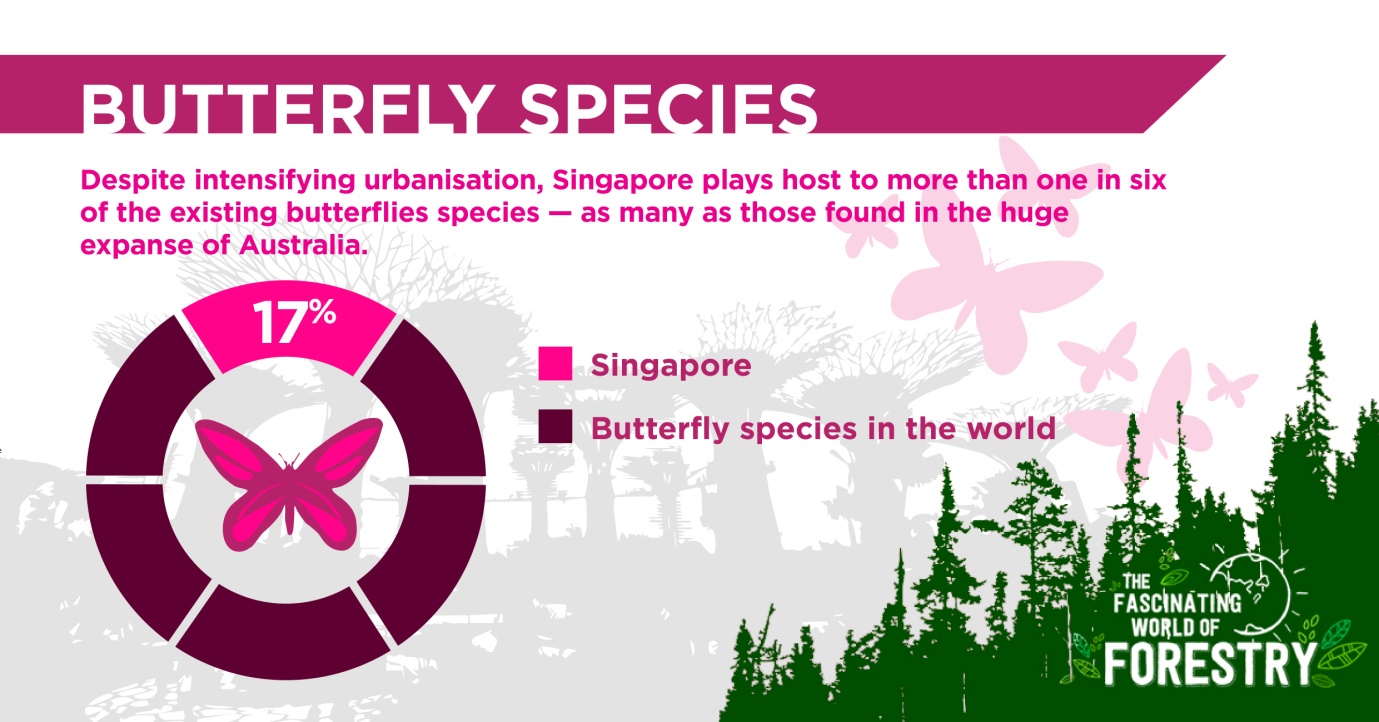
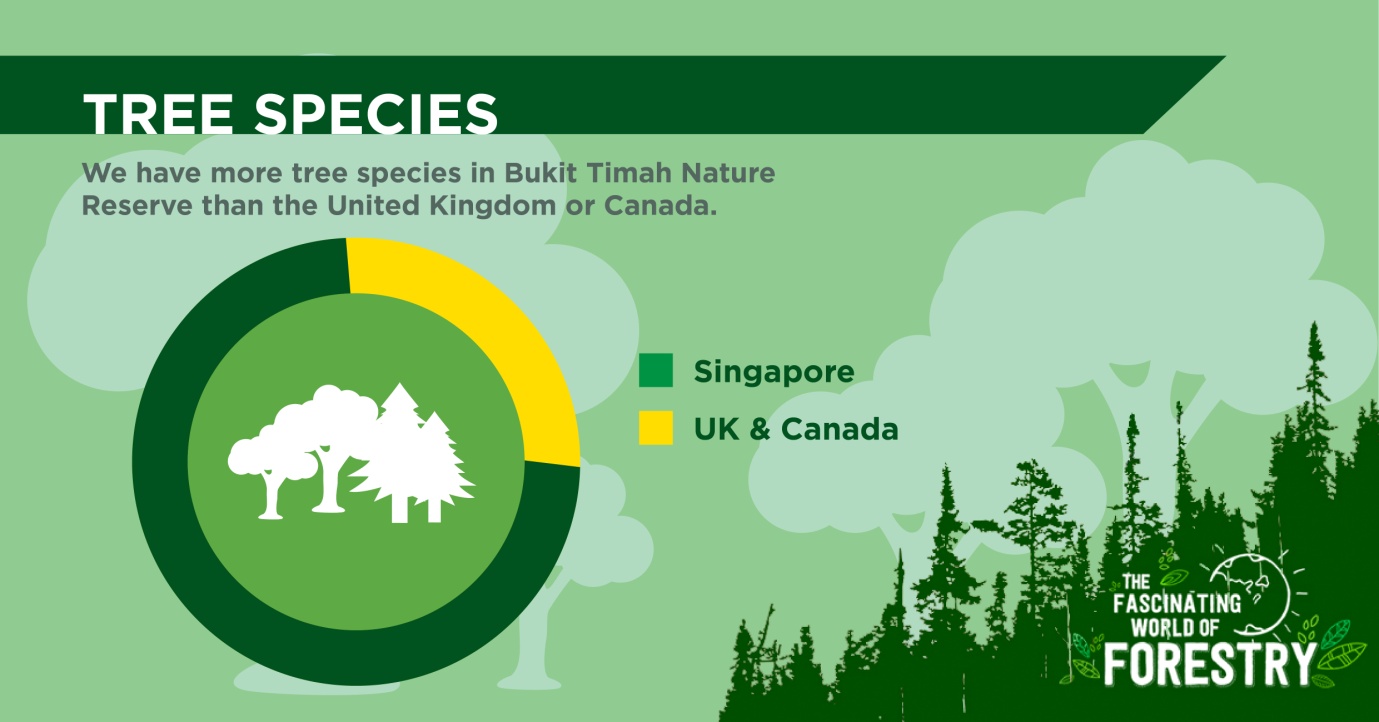
This goes to show that butterflies can and will coexist with human activity, as long as we are sensitive to their needs and requirements.
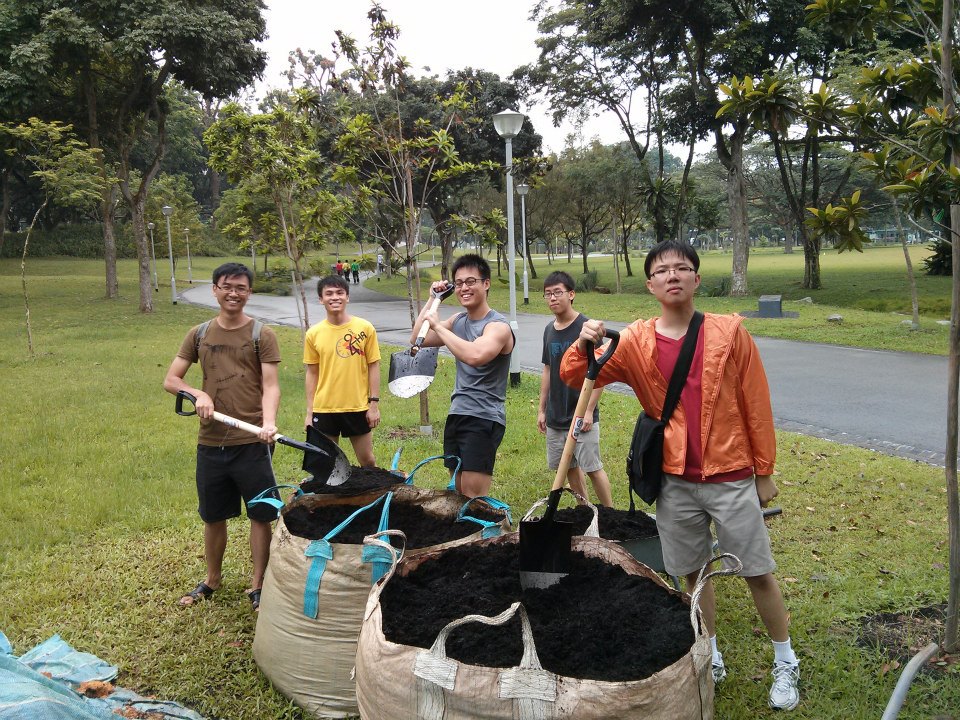
Having lived in the Bishan-Ang Mo Kio district for most of our lives, we were very much aware of its status as a haven for butterfly diversity, home to spectacular species such as the Striped Blue Crow (Euploea mulciber mulciber) and the Centaur Oakblue (Arhopala centaurus nakula). If people are aware of the tenacity and beauty of the nature within their midst, perhaps they may be persuaded to make space for, or even to cultivate further, an aspect of their neighbourhood they have every right to be proud of.
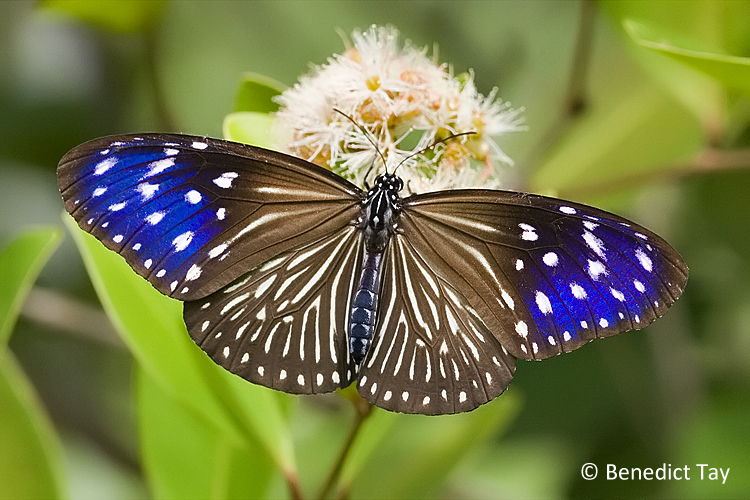 Striped Blue Crow (Euploea mulciber mulciber)
Striped Blue Crow (Euploea mulciber mulciber)(Source: http://www.butterflycircle.com/checklist/showbutterfly/48)
Around Singapore, butterfly gardens cultivated by local residents have been set up, often with much success. Some, like the Butterfly trail at Alexandra Hospital, have become so successful they have turned into go-to areas for those interested in cataloguing our lepidopteran diversity. The Butterfly trail at Alexandra Hospital is also host to the stunning Common Birdwing (Troides helena cerberus) – the largest and arguably, the most visually impactful butterfly we have seen. From the Pasir Ris Kitchen Garden, to the Orchard Road Butterfly Trail, such places have become centres where the general public have come into close contact, or even developed a close personal involvement, with a charismatic segment of our local wildlife.
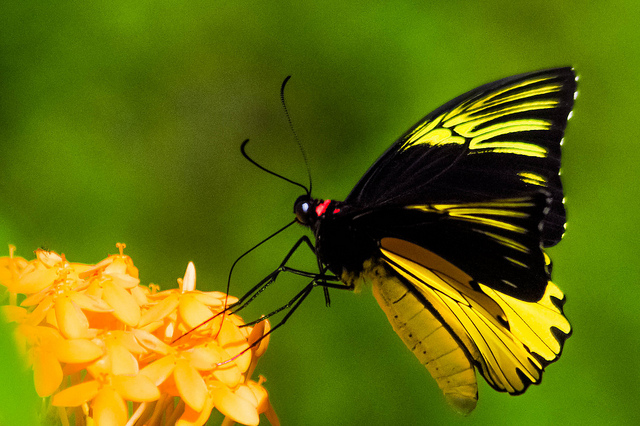 Common Birdwing (Troides helena cerberus)
Common Birdwing (Troides helena cerberus)(Source: https://www.flickr.com/photos/mzabidi57/11496396215)
Butterfly gardens thus represent a golden opportunity: both to restore and enhance the unique urban ecology of our city, and to create something accessible to everyone in the community – something which we can support and be proud of. This was why we started a volunteer, community-driven Butterfly Garden in Bishan-Ang Mo Kio Park back in 2012. Together with NParks, our local Community Development Centres (CDCs) and Residents’ Committees (RCs), we wanted to create a sense of community ownership and local awareness, such that the butterflies of Bishan-Ang Mo Kio Park, and the habitat that sustains them, will become a cherished feature of our local community.
The Butterfly Garden eventually came under the care of Fyllum, a group we started later to further public engagement. This included guided tours around butterfly hotspots in various areas of Singapore and recruiting local residents and students to help maintain the Butterfly Garden.
Singapore is the only country in the world where a lush coral flat land and a background of skyscrapers can coexist in the same picture; it is the only place where the futuristic vision of the Integrated Resorts in a metallic skyline may be glimpsed through a thick canopy of lush green foliage at Mount Faber Park. These are plain testaments to the fact that we have a natural wonder to rival any other place in the world – a globally successful example of urban conservation.
Such success is fragile, however. Without national pride and communal reckoning, there is little hope of such biological wealth surviving as our nation continues to urbanise at its rapid pace. With willing hearts and hands, and a sense of pride in what we already have, biodiversity may indeed return to Bishan-Ang Mo Kio Park on the back of a series of colourful wings.
Find out more about FYLLUM over at http://fyllum.com
